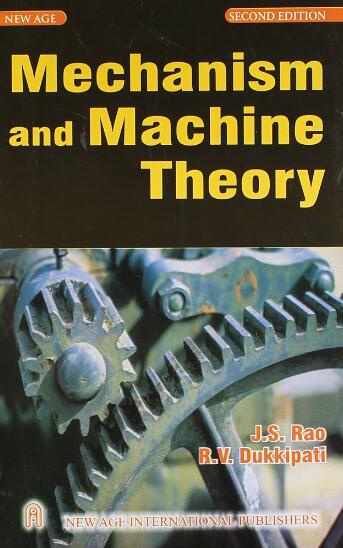利用定位直线屏障和驱动斜辊系统对输送机上的物体定位过程进行建模
IF 4.5
1区 工程技术
Q1 ENGINEERING, MECHANICAL
引用次数: 0
摘要
本文论述了通过带有直线障碍物的斜向摩擦力场,沿传送带边缘对长方体物体进行定位的过程建模。该摩擦力场由一个斜辊驱动系统产生。修正的非线性开尔文模型用于描述物体与传送带和障碍物接触点的法向反作用力。其中考虑了两个二维矢量摩擦模型:LuGre 和 Bengisu-Akay,分别代表动态和静态摩擦模型组。对 LuGre 模型进行了修改,以克服经典模型在法向接触力不变性方面的局限性。利用刚度系数(由于法向接触力)的缩放,可以在物体碰撞时进行摩擦模拟,即法向接触力值快速变化且初始滑动速度不为零时。提出了一种确定 LuGre 模型动态参数的方法。定位过程的数值和实验研究结果表明,所采用的假设符合要求且有效。本文章由计算机程序翻译,如有差异,请以英文原文为准。
Modelling of the objects' positioning process on the conveyor with the positioning rectilinear barrier and the system of driven oblique rollers
The paper deals with the positioning process modelling of the cuboidal objects along the conveyor edge by means of an oblique friction force field with a rectilinear barrier. The friction field is created by a system of driven oblique rollers. A modified nonlinear Kelvin model was used to describe the normal reaction forces at the contact points of the object with the conveyor and barrier. There were taken into account two 2D vector friction models: the LuGre and the Bengisu-Akay, representing the dynamic and static groups of friction models, respectively. The LuGre model has been modified to overcome the limitations of the classic model in terms of the invariability of the normal contact forces. The use of scaling of the stiffness coefficient (due to the normal contact force) allows the friction simulation while bodies collision, i.e. when the normal contact force shows rapid changes in value and the initial sliding velocity is non-zero. A method for determining the dynamic parameters of the LuGre model is proposed. The results of numerical and experimental research on the positioning process show acceptable compliance and validity of the adopted assumptions.
求助全文
通过发布文献求助,成功后即可免费获取论文全文。
去求助
来源期刊

Mechanism and Machine Theory
工程技术-工程:机械
CiteScore
9.90
自引率
23.10%
发文量
450
审稿时长
20 days
期刊介绍:
Mechanism and Machine Theory provides a medium of communication between engineers and scientists engaged in research and development within the fields of knowledge embraced by IFToMM, the International Federation for the Promotion of Mechanism and Machine Science, therefore affiliated with IFToMM as its official research journal.
The main topics are:
Design Theory and Methodology;
Haptics and Human-Machine-Interfaces;
Robotics, Mechatronics and Micro-Machines;
Mechanisms, Mechanical Transmissions and Machines;
Kinematics, Dynamics, and Control of Mechanical Systems;
Applications to Bioengineering and Molecular Chemistry
 求助内容:
求助内容: 应助结果提醒方式:
应助结果提醒方式:


